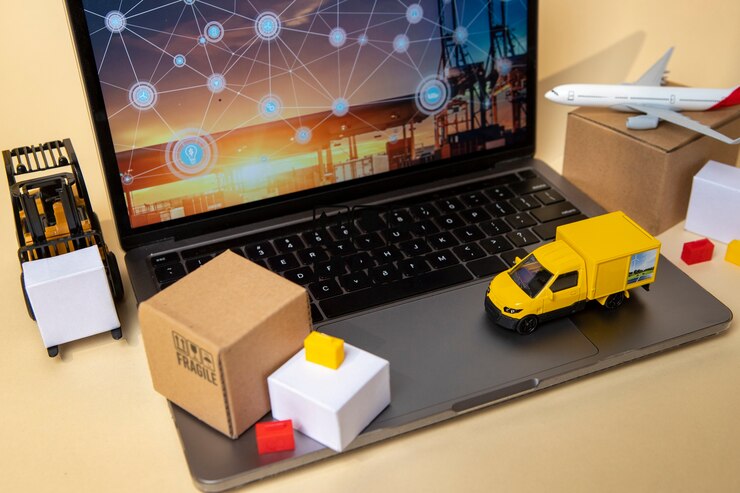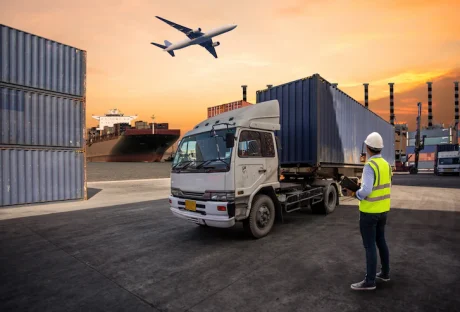In today’s globalized world, efficient shipping is crucial for businesses of all sizes. Whether you’re a small e-commerce store owner or a large multinational corporation, finding reliable shipping solutions can be a game-changer. One of the key logistics hubs in North America is Toronto, Canada. In this comprehensive guide, we will explore the various aspects of shipping from Toronto, including its advantages, challenges, and how to make the most of this strategic location.
Shipping is the backbone of any business that deals with physical products. The efficiency of your shipping process can impact customer satisfaction, operational costs, and your competitive edge in the market. In this article, we will delve into the world of ship from toronto, a city with immense potential for businesses looking to enhance their logistics operations.
Contents
Why Choose Toronto As Your Shipping Hub
Advantages Of Toronto’s Strategic Location
Toronto’s geographical location is ideal for businesses looking to serve both domestic and international markets. Situated in close proximity to the United States border, it provides easy access to one of the largest consumer markets in the world.
Access To Multiple Transportation Modes
Toronto offers a diverse range of transportation options, including highways, railways, ports, and an international airport. This multi-modal connectivity ensures that your shipments can reach their destinations efficiently, whether they’re traveling by road, rail, sea, or air.
Thriving Business Ecosystem
The Toronto metropolitan area is home to a thriving business community with a well-developed infrastructure and support services. This ecosystem fosters collaboration and innovation, making it an attractive choice for businesses of all types.
Shipping Options From Toronto
Toronto’s logistics infrastructure provides various shipping options tailored to your specific needs:
Ground Shipping
Ground shipping is the most common method for domestic shipments. Toronto’s extensive road network ensures timely deliveries within Canada and to the United States.
Air Freight
For time-sensitive shipments, Toronto Pearson International Airport offers efficient air cargo services, connecting your products to global markets.
Ocean Shipping
The Port of Toronto serves as a gateway to international waters, offering access to overseas markets via container shipping and bulk cargo transport.
Intermodal Transportation
Combining multiple modes of transportation can optimize your shipping process. Toronto’s strategic location allows for seamless intermodal transitions, reducing transit times and costs.
Key Considerations For Efficient Shipping
Efficiency in shipping involves several critical factors that can impact your bottom line. Consider the following:
Packaging And Labeling
Proper packaging and clear labeling ensure that your products arrive intact and on time. Adhering to industry standards is essential to avoid delays and damage.
Customs Clearance
Navigating customs procedures can be complex. Working with experienced customs brokers can help you expedite the clearance process for international shipments.
Tracking And Traceability
Real-time tracking and traceability provide visibility into your shipments, allowing you to address any issues promptly and keep customers informed.
Shipping Insurance
Protect your cargo with shipping insurance. It’s a crucial safeguard against unforeseen events that can lead to financial losses.
Choosing The Right Shipping Partner
Selecting the right shipping partner is pivotal for a smooth shipping experience:
Local vs. International Carriers
Evaluate whether a local carrier or an international logistics provider is better suited to your shipping needs. Each has its advantages and limitations.
Customer Reviews And Recommendations
Research customer reviews and seek recommendations from peers to gauge the reliability and service quality of potential shipping partners.
Cost-Effective Solutions
Balance cost considerations with service quality. Competitive rates should not come at the expense of timely and safe deliveries.
Tips For Streamlining Your Shipping Process
Streamlining your shipping process can lead to significant cost savings and improved customer satisfaction:
Inventory Management
Efficient inventory management ensures that you have the right products in stock, reducing the risk of stockouts and delays.
Route Optimization
Optimizing shipping routes minimizes transit times and fuel consumption, contributing to cost savings and environmental sustainability.
Sustainable Shipping Practices
Adopting eco-friendly shipping practices not only benefits the environment but also aligns with consumer preferences for sustainability.
Technology Integration
Leverage technology to automate and optimize your shipping operations. Shipping software and tools can streamline order processing and tracking.
The Future Of Shipping From Toronto
As technology continues to evolve and consumer demands change, the future of shipping from Toronto holds exciting possibilities:
Emerging Technologies
Expect innovations such as autonomous vehicles, drone deliveries, and blockchain-based supply chain solutions to shape the future of shipping.
Environmental Sustainability
Sustainability will remain a key focus, with businesses exploring green transportation options and eco-friendly packaging.
E-commerce Growth
The e-commerce sector will continue to expand, driving the demand for efficient and reliable shipping solutions from Toronto to global destinations.
Shipping from Toronto offers numerous advantages for businesses seeking efficient logistics solutions. The city’s strategic location, diverse transportation options, and thriving business ecosystem make it a prime choice for companies looking to optimize their shipping processes. By considering key factors such as packaging, customs clearance, and the right shipping partner, you can streamline your operations and position your business for success.
Read Also:























